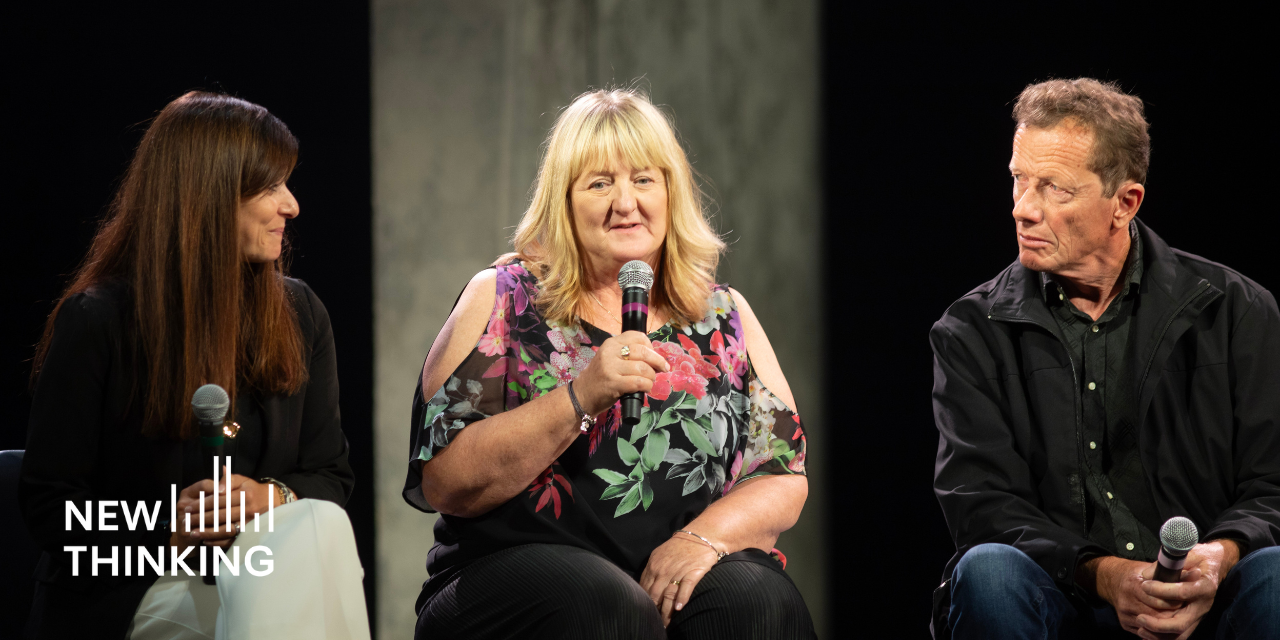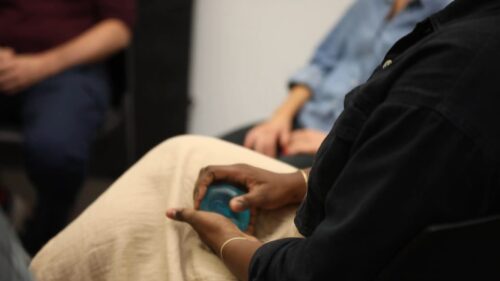Judge Jorge Simón served as the presiding judge at the Hartford Community Court in Hartford, Connecticut, from January 2003 unitl 2006. Judge Simón spoke with the Center for Court Innovation’s Carolyn Turgeon about the community court and how it works.
How does the Hartford Community Court work?
The court gets involved after the arrest or summons of an individual by one of the six local police departments where we have jurisdiction. We are not a neighborhood type of court per se; we have not only the city of Hartford but also five of the suburban towns that fall within our jurisdiction. The total population for our district is approximately 250,000.
Cases range from town ordinance violations in Hartford—which include the possession and riding of pocket motorcycles, loitering, and aggressive panhandling—all the way up state criminal violations of shoplifting, disorderly conduct, interfering with a police officer, prostitution, soliciting prostitution and minor possession of marijuana. All of those can be punished by up to one year in jail. The town ordinance violations can be punished by up to 25 days in jail.
Once the defendants arrive here, they come before me after meeting with the prosecutor and are offered the chance to plead guilty or innocent to the underlying charge. For those that plead guilty, I typically order them to complete community service consistent with the agreement they’ve reached with the prosecutor. They are then sent to meet with representatives from our social services department, and are released. Everyone meets with social services, and referrals are made by them to appropriate community or state agencies if treatment is found to be necessary. The staff will follow up on those recommendations and, at the person’s next appearance at court, I will be advised on whether or not they’re following through. The defendants also show up for their community service on the assigned day or days. If community service is successfully completed, the charges are dismissed 30 days after the last day of community service.
How are the community service projects selected?
They’re selected from neighborhood input. We have a newsletter that goes out to a lot of neighborhood people here in Hartford and in some of the suburbs, and there’s a community service hotline. Community representatives and neighbors call the hotline. They reach either the court coordinator or the community service supervisor, who prioritize the requests. And then community service has four vans that go out every day with four supervisors, and those assigned to community service complete whatever has been requested.
What are some examples of community service projects?
Defendants may work on street clean-up crews or help deliver food to the needy. We have a program with the Ebony Horse Women Barn, which provides horse riding lessons to a lot of the underprivileged Hartford kids. There the defendants clean the stables and help with other chores. We also have projects that involve the community service people going to senior centers and cleaning up the area or shoveling the curbs, when it’s snowing, for handicapped and elderly passage. They also clean up a lot of the parks in Hartford. This year they are assisting with what’s called First Night Festival. A lot of cities now involve themselves in trying to provide activities as part of New Year’s Eve. So they’re helping get the park ready for the event tomorrow night—putting up fencing, putting up signs and things of that nature.
What are some other ways you engage the community?
We attend a lot of community meetings. Hartford has very active neighborhood groups. There are 17 distinct neighborhoods in Hartford and all of them have either monthly meetings or bimonthly meetings and either I or the coordinator will go. And we announce them; in our newsletter for January 2005, for example, we have a section that talks about the Maple Avenue Revitalization Group and we’re putting down their scheduled meetings for 2005. Today I’m meeting with the chief of police and a lot of his assistant chiefs to talk about community policing. We meet with a lot of social service agencies that provide some type of services to the neighborhoods, to see what we can do to assist in providing those services. We’re also involved with a young offenders’ program, community health services, African-American men in recovery, school credit retrieval programs—all of those programs have representatives here in the courthouse as well.
I understand that you used to be a drug court judge. Can you talk about how that experience informs your current work?
I think there are a lot of similarities between a drug court and a community court, especially in a community court of this nature that contains a very large assortment of social services within the courthouse. I have the opportunity to put people into certain programs that I think are appropriate. Even though a lot of the offenses we deal with are of a more minor nature than those in other courts, we still get many people in particular need of mental health/addiction services and things of that nature. If I order a defendant to participate in substance abuse or mental health counseling and they don’t do it, then I can sanction them the same way you would sanction them in drug court.
And how would compare your experience in a community court versus being a judge in a traditional court?
I would have to say that doing the drug court and doing the community court are both obviously very different from the traditional role, but at the same time they are both really rewarding in the sense that, as a judge, you have more alternatives to offer defendants. You’re attempting to find the appropriate remedy to stop problematic behavior. And that’s a traditional function of a court: to in some way or another stop a person from a certain activity and/or lifestyle by imposing probation and imposing jail sentences. Here, you’re doing that but you’re doing it with the assistance of an assortment of diversion programs, pre-sentence; so you get to someone quicker than you would in a more traditional court. Also, I can continue the cases as many times as I think is appropriate to make sure that they’re getting the services that they need.
How would you characterize your interaction with the defendants?
Let’s just say it’s more involved. I’m able to follow up on many of the things that I’ve told them to do, whereas in a traditional court a judge puts someone on probation and they’re gone. Here I get to see the successes as well as the failures.
What type of results have you seen?
I have seen great changes in people. Former prostitutes now working and reunited with their children. Addicts who have completed intensive treatment programs and returned to their families. Young adults who are given the opportunity to return to school and graduate. Hundreds of individuals completing their obligations by giving back to their community. Finally, I also think that you can gauge success by the number of people showing up to meet their obligations. We’re at a 91 percent rate of show up for defendants who come to court on their first appearances as well as for their community service. People do come back because, when we take a plea, I advise them that if they don’t return I can sentence them to a period of incarceration. They take this court and their promise of community service seriously.
December 2004

